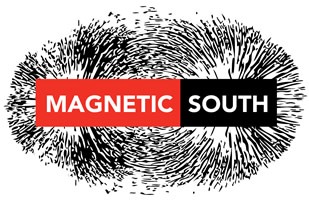In my experience there are only a handful of ways of unleash innovation at scale across thousands of employees. The best of these is to employ idea management software, and in this category my favourite tool is called Spigit. It creates an environment of ‘gameification’ in innovation, and The Guardian wrote about it today, showcasing how it works in the UK civil service:
The Department for Work and Pensions (DWP) has already taken steps down the gamification route. In the past it used suggestion boxes to encourage its 120,000 staff to come up with ideas on how to improve the way it did things. But it found this did not help in evaluating, selecting and developing those proposals with the most potential into meaningful business cases for implementation.
David Cotherhill, the DWP’s deputy director of innovation, explains: “It’s important to have a structure in place for supporting and making decisions on ideas that come into the system. Where you don’t have that they tend to stagnate.”
To try and address this situation, the department used Spigit’s platform for enterprise ideas and innovation management in creating a marketplace for developing and trading proposals for change. The platform, which was dubbed ‘Idea Street’, was also tweaked to support a number of gaming techniques such as points, leader boards and a ‘buzz index’ in a bid to make it more engaging.
The DWP now has more than 6,000 staff actively using Idea Street and says it has implemented over 60 proposals, which are expected to save it more than £20m by 2014-15. The system has also been rolled out across a number of other government departments, including the Ministry of Justice.
via Gamification for the public good | Guardian Government Computing | Guardian Professional.

